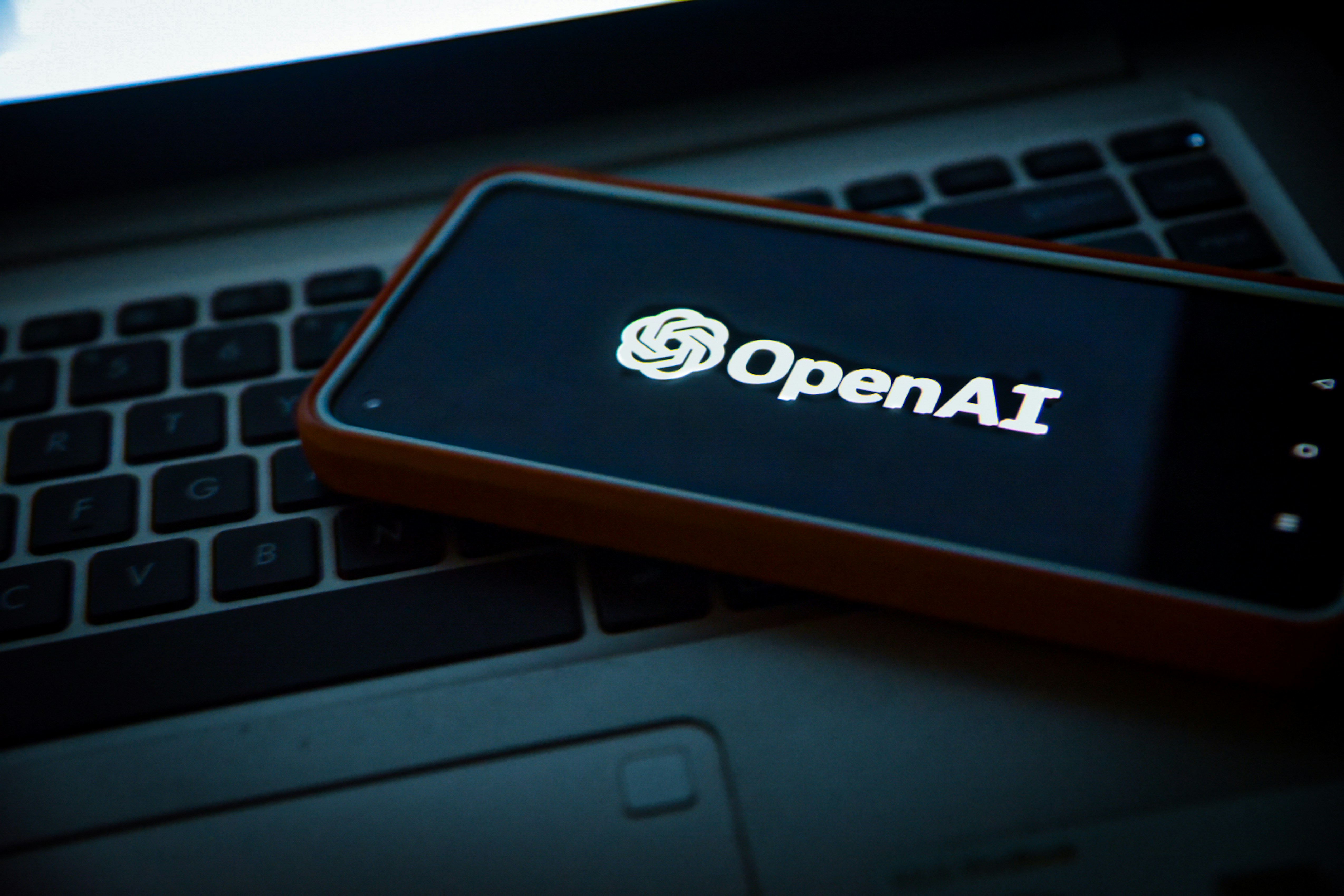Nvidia Adjusts H20 Chip for Chinese Market Amid Export Controls
Nvidia plans to release a modified version of its H20 AI chip to comply with U.S. export restrictions, targeting the Chinese market.
Saturday, May 10, 2025
Nvidia has announced plans to release a modified version of its H20 AI chip, specifically tailored for the Chinese market, in response to stringent U.S. export controls aimed at curbing China’s access to advanced semiconductor technology. This strategic pivot highlights Nvidia’s effort to balance regulatory compliance with maintaining its foothold in China’s lucrative AI sector, valued at over $30 billion annually. The move comes as Washington intensifies restrictions on cutting-edge tech exports, targeting China’s military-civil fusion strategy.
Technical Modifications to the H20 Chip
To comply with U.S. Bureau of Industry and Security (BIS) regulations, Nvidia has reconfigured the H20’s architecture to fall below performance thresholds outlined in the October 2023 export controls:
Reduced Compute Performance: The H20’s AI processing power has been capped at 100 teraflops (down from 160 teraflops in the global variant), aligning it with BIS’s 4800 Total Processing Performance (TPP) threshold.
Memory Bandwidth Limits: High-bandwidth memory (HBM) reduced to 64 GB/s (from 128 GB/s), restricting large-scale AI model training.
Interconnect Constraints: NVLink speeds lowered to 200 GB/s (from 400 GB/s), limiting multi-chip scalability.
These adjustments position the H20 as a mid-tier AI accelerator, suitable for commercial applications like recommendation algorithms and autonomous driving but inadequate for military-grade AI or supercomputing.
Market Strategy and Competitive Landscape
Retaining Market Share:
China accounts for ~25% of Nvidia’s data center revenue ($4 billion in 2022). The H20 aims to counter rising domestic competitors like Huawei’s Ascend 910B, which now holds 12% of China’s AI chip market.
Pricing the H20 at 12,000–12,000–15,000 per unit (30% below the A100), Nvidia targets cost-sensitive enterprises and startups.
Regulatory Navigation:
The H20 avoids inclusion on the U.S. Entity List by omitting advanced features like FP8 precision support and Hopper architecture optimizations.
Nvidia is collaborating with Chinese cloud providers (Alibaba, Tencent) to pre-install the chips in localized data centers, ensuring compliance with end-use monitoring.
Competitor Responses:
Huawei: Accelerating production of the Ascend 910B, priced at $10,000, with government subsidies under China’s “Semiconductor Self-Sufficiency 2025” initiative.
Biren Tech: Launching the BR104 chip, claiming 80% of H20’s performance at 60% cost.
Implications for AI Development in China
Commercial AI: The H20 supports inference tasks (e.g., e-commerce, NLP) but struggles with training models like GPT-4-scale architectures, pushing Chinese firms to adopt hybrid solutions (e.g., combining multiple H20s or using domestic chips).
Military-Civil Fusion Risks: Analysts warn that aggregated H20 clusters could still enable military AI applications, prompting calls for stricter BIS oversight.
Broader Industry and Geopolitical Impact
Supply Chain Adjustments:
Nvidia is diversifying production to Vietnam and Malaysia to mitigate future U.S.-China decoupling risks.
TSMC will fabricate H20 chips using 5nm process nodes (excluded from U.S. bans), with final assembly in China.
Regulatory Precedent:
The H20 sets a template for “compliant-by-design” chips, likely adopted by AMD and Intel for China-market GPUs.
The U.S. Department of Commerce is evaluating tighter “performance per dollar” metrics to close loopholes.
Ethical and Economic Debates:
Critics argue Nvidia’s compliance legitimizes tech bifurcation, while proponents highlight shareholder obligations.
The EU and Japan are drafting similar export rules, signaling a global shift toward AI chip nationalism.
Challenges and Future Outlook
Profitability Pressures: H20’s lower margins could dent Nvidia’s China revenue by $1.2 billion annually, per Bernstein Research.
Innovation Trade-offs: R&D focus on compliance may slow advancements in next-gen chips (e.g., Blackwell architecture).
Policy Uncertainty: Further BIS restrictions targeting chiplet technology or AI software stacks could render the H20 obsolete.
Conclusion
Nvidia’s H20 exemplifies the delicate dance between geopolitical compliance and commercial imperatives in the AI era. While the chip preserves near-term market access, it underscores the fragility of global tech supply chains amid escalating U.S.-China tensions. As Beijing doubles down on semiconductor self-reliance, the H20 may represent a stopgap in a rapidly shifting battlefield for AI supremacy.




